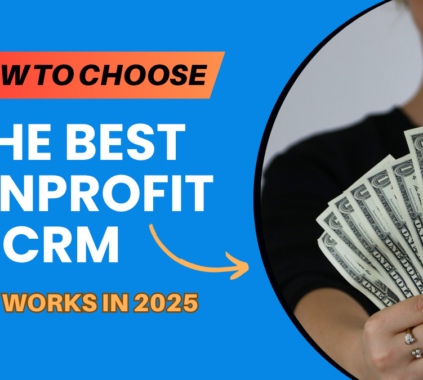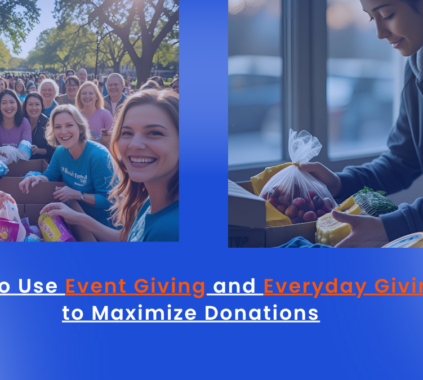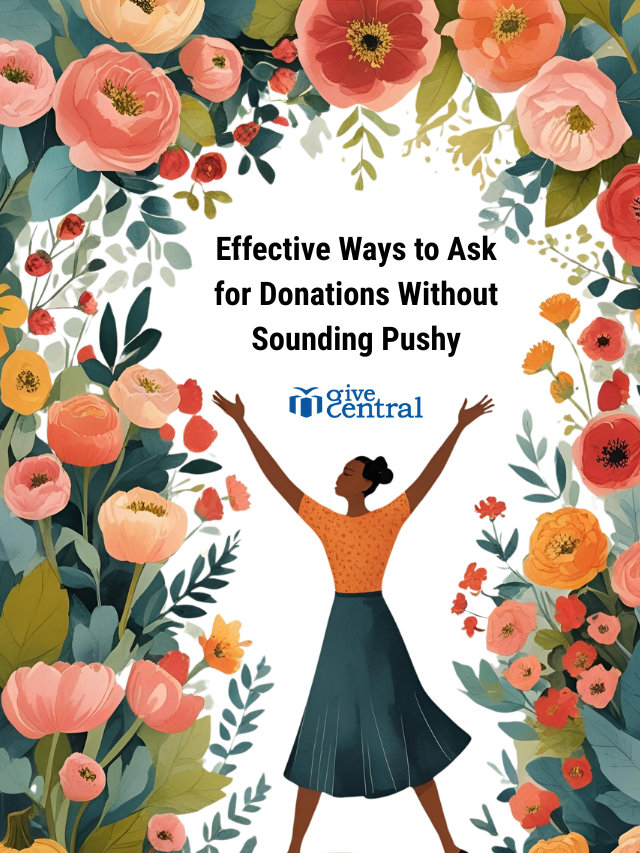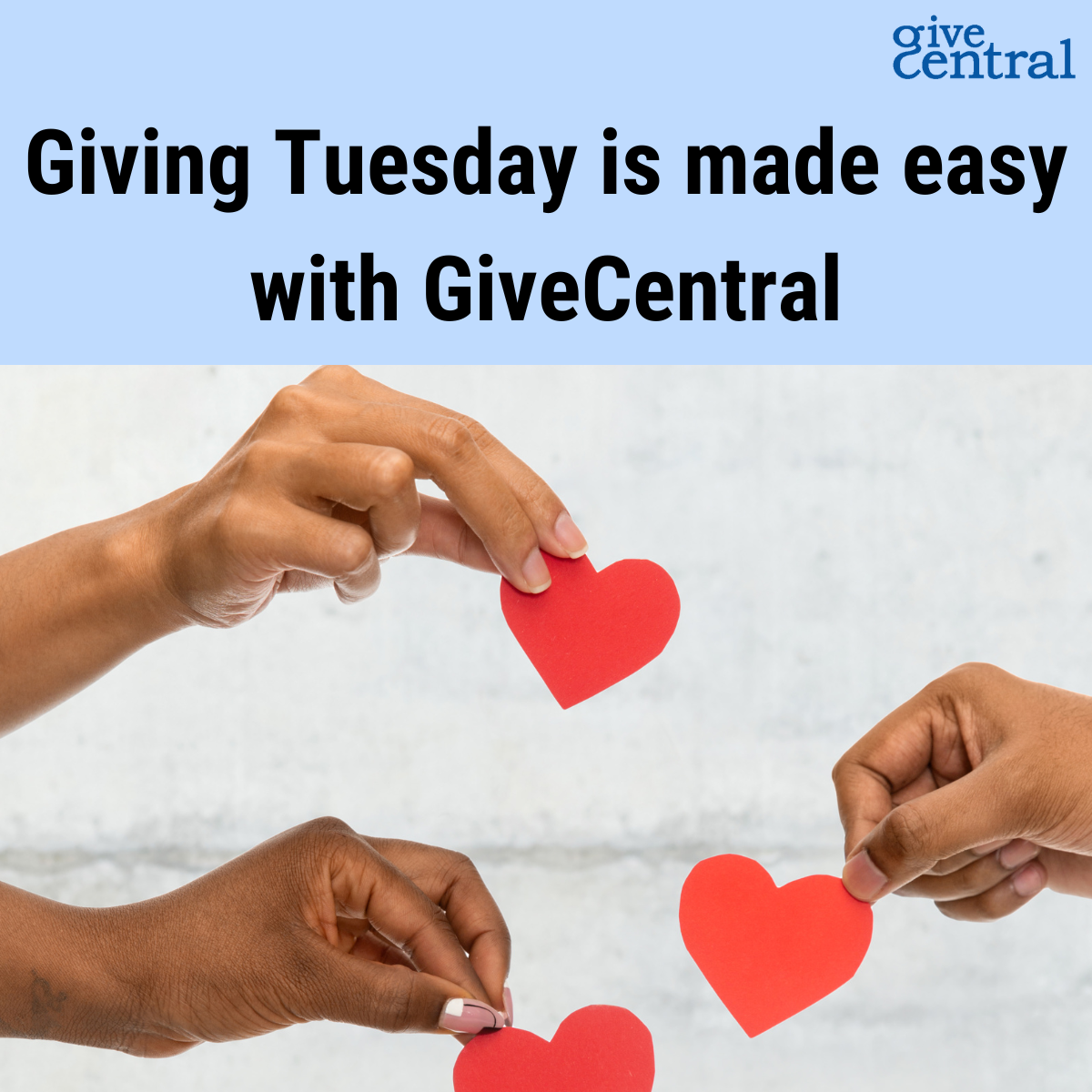Donor engagement is a phrase that you must have come across many a time. A question that you need to ask yourself is whether you give it the due importance and are you doing it in the right way.
It is very obvious that your donors might have been inspired at some point of time and that is exactly why they decided to donate, in the first place. Isn’t it great that more people are joining in hands for your causes and isn’t this a reason to rejoice?
Think again. Getting a new donor onto your panel and ultimately feeling content is a big mistake. A growth-oriented nonprofit has the best knowledge of how not to lose the track by simply enjoying the onboarding of new donors. They know their efforts do not end up then and there.
According to the Fundraising Effectiveness Survey Report, the donor retention rate in 2017 was just 45% which means you are experiencing a loss of 55% of your existing donors. So if you had 100 donors in 2016, then you managed to retain 45%, that is just 45 of your donors. Do you still think breathing a sigh of relief is an option?
But wait, we just started by saying that more and more people are showing interest in your causes and are gifting. So if the list of your donors is growing, then why does a loss of 55% of your existing donors be a cause of concern.
We tell you why exactly you should worry. In a growing nonprofit, the greatest loss comes from lapsed donors. Donors who haven’t made a gift in the past three years are known as lapsed donors. Data reveals that in 2017, a gain of 5.989 million in the form of new and previously lapsed donors was offset by a loss of 5.908 million in lapsed donors. Simply put, every 100 donors gained was offset by 99 lost donors.
The survey found that it was comparatively less expensive to retain and motivate an existing donor rather than attract a new one. When it comes to increasing net fundraising gains, the best cost-effective strategy is to take significant steps towards minimizing donor attrition and gift losses.
This is why donor retention is such an important factor for the well being of your nonprofit. And this is exactly where donor engagement comes into the picture. If you haven’t yet incorporated the right way of donor engagement into your nonprofit strategy, then it is high time you do so.
We are here to help you frame donor engagement strategy which articulates and meets the expectation of donor retention.
Donor engagement – the right way to do it
Since we have explained to you how important is donor engagement and the reason why it should be done in the right way, It is time to answer the how.
For an effective donor engagement, let us take you through the following steps known as donor engagement cycle.
- Know
Knowing about each and every stakeholder of an organization will allow them to source their time and efforts in the best possible way. Likewise, a better understanding of your donors is the best possible thing a nonprofit can do. A nonprofit’s lifeline is their supporters and donors.
The adage “one size does not fit all” stands out to be true in this scenario. Each and every person is different and so are your donors. The engagement level of one will be different from the other. The catch is that you have a different plan for donors with different levels of engagement.
For an approach that stands out to be genuine, you need to treat your donors as an individual. To further establish trust, start getting to know your donors on a personal front and to do so map out the following for individual donors:-
- the frequency with which they gift
- their communication level with you
- how actively they volunteer and participate in your events
This might seem quite overwhelming. For a seamless experience to tally the numbers for each donor, you can rely upon a donor management software like GiveCentral. It will turn out to be a savior for nonprofits and will help you compile the required data within seconds.
- Continue to inspire and engage
Not receiving emails from an e-commerce website through which you made a recent purchase, is definitely out of question. Perhaps you must have also received emails and notifications from even small websites you recently opted services from. But haven’t it occurred to you that some emails do garner your attention. And we are sure that these emails must have, a couple of time prompted you to take the desired actions. These sorts of emails and text messages might seem to be merely an act of promotion and marketing but it is done for beyond these reasons. They are done to engage their audiences.
Likewise, need is that a nonprofit also continues to engage and inspire their donors.
Educate them about your mission – Just the way you have researched and learned about the giving behavior of your donors, likewise your donors have the right to know everything about your organization – the mission, vision, goals, causes, campaigns and timeframe in which you want to achieve the results. Help them know your organization in a better way.
What sets you apart – your mission and goals are not necessarily confined to you. There may be organizations who are aligned towards fulfilling the goals same as yours. Then why should your donors continue to support you over others? You need to outline the facts about your organization that stands out from others. What sets you from others in terms of your goals, mission and causes will give them a good number of reasons to continue supporting you.
Share your success stories – show them the impact of the cause. Walk them through the change you managed to bring through the cause. This will keep them inspired to support you.
Below are some of the ways by which you can reach out to your donors to achieve the above mentioned:-
Emails and newsletters – The most effective way to spread your message is through emails and newsletters. Try sending emails that are personal and customized.
Social Media – Since they have already made a donation, it won’t be a tough time convincing them to follow your pages on social media. Start sharing your success stories, goals, ongoing causes and others over this platform.
Face to face interactions – Although digital media is the trend and is a convenient option for interaction, try holding a face to face interaction once a while. Such engagements on a personal front is also necessary to build trust.
Events – Create events not for the purpose of raising funds but rather focusing on educating your donors about your organization
- Ask for a gift
Now that you very well know your donors, the next step should be to ask for a gift. You should not be skeptical about taking this step. You cannot expect your donors to approach you and ask you whether they can make a donation for an ongoing cause. If that’s the case then you have managed to associate with a donor who is really involved in what you are doing. But the case for majority won’t be that. You have to take the initiative of asking for a gift. If you are looking for a subtle way to ask, then you can go for Call to action (CTA). This way you are not pushing them or directly asking them to make a gift.
There is no harm in making a personal call, once in a while, to a donor with whom you have got engaged on a personal front. You can express the intention of the cause and ask politely whether they are willing to contribute towards the cause. The only thing you should keep in mind is not to overdo it. You can approach them personally over a call when the cause is too important and urgent. For the other cases, you can opt for text messages.
- Thank
Doing the above-mentioned steps the right way and ultimately receiving a gift is not the end to the donor engagement cycle. Take note, it’s a cycle. Receiving a gift and a vague thank you will make your donor feel that the caring is limited till you receive a gift. This sort of behavior from your end will likely douse their interest towards your organization. Take a step forward. Invest some time in expressing gratitude towards your donors for making the donation.
Think of crafting a personal thank you email. A well written thank you email, letter or text message demonstrating their efforts in the larger context and how it will help take the cause a step forward is a great way to show your gratitude.
- Show the impact
This step may not follow immediately since the impact of the campaign may take time. To yield the results it may take a few days to a year. If the result follows within days then informing them about the impact will also follow soon and they will feel good about it. But if the result takes about a year, then you should not forget to inform them about it. Afterall it was your donors who made it possible. Imagine, how special will they feel when they receive an email or message regarding the impact of the cause after a year! This will make them believe that they are very important for you and that you have not forgotten their efforts.
Donor Engagement donor management software donor retention Fundraising strategy successful nonprofit strategies
Last modified: February 24, 2025























I’ve been using CBD gummies for or https://www.cornbreadhemp.com/pages/where-can-i-buy-cbd-gummies-for-pain a year conditions, and I can’t think how much they’ve improved my person! The flavors are motionless savoury, making it a amusing share of my habitually routine. My uneasiness and stress levels enjoy significantly decreased, and my log a few zees z’s distinction has improved tremendously. I wake up feeling more refreshed and energetic. Even so, I’ve noticed a crumb of drowsiness during the lifetime, and I care the effects lasted a particle longer. In the face these trivial issues, I approvingly commend these CBD gummies representing anyone looking to improve their well-being naturally!